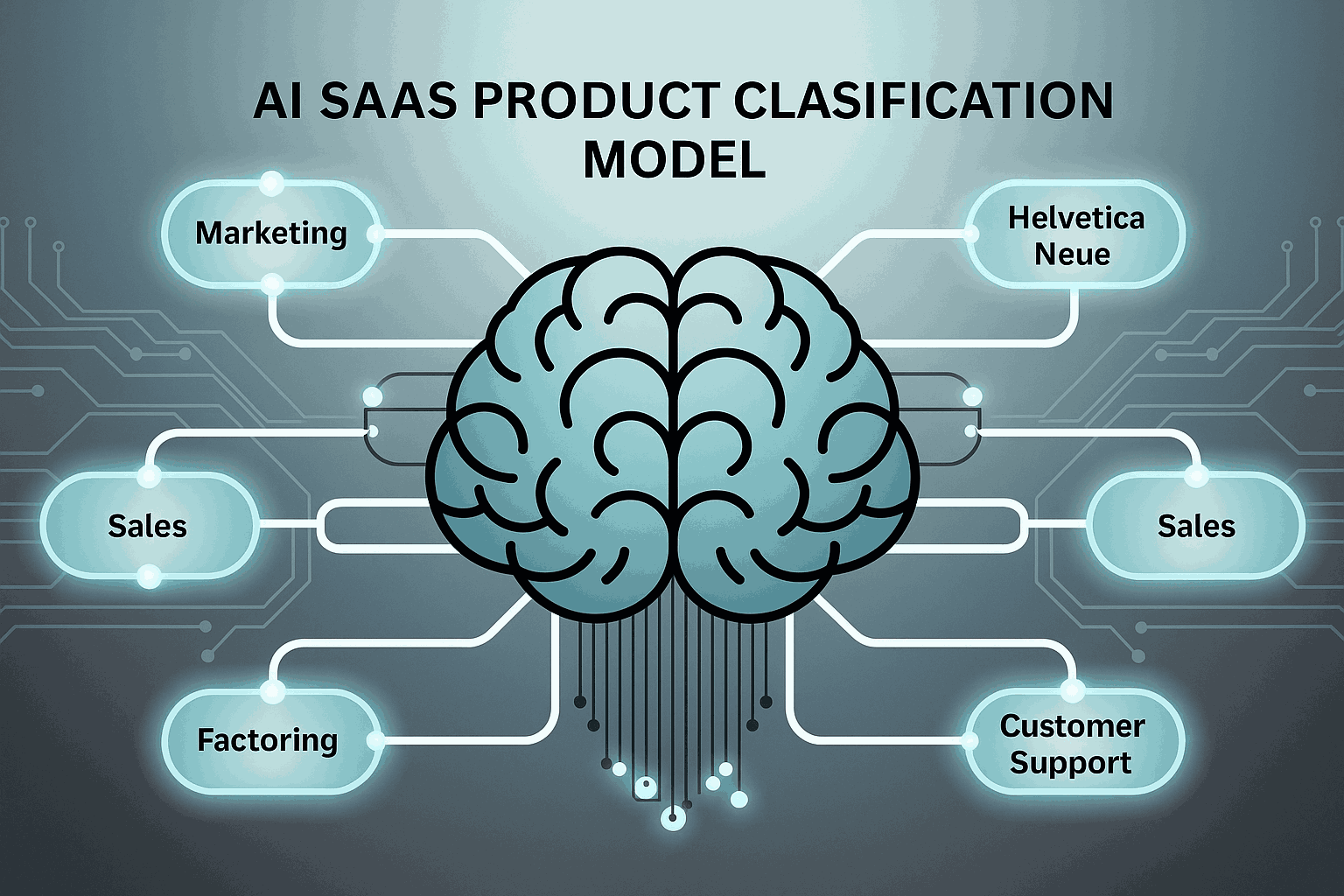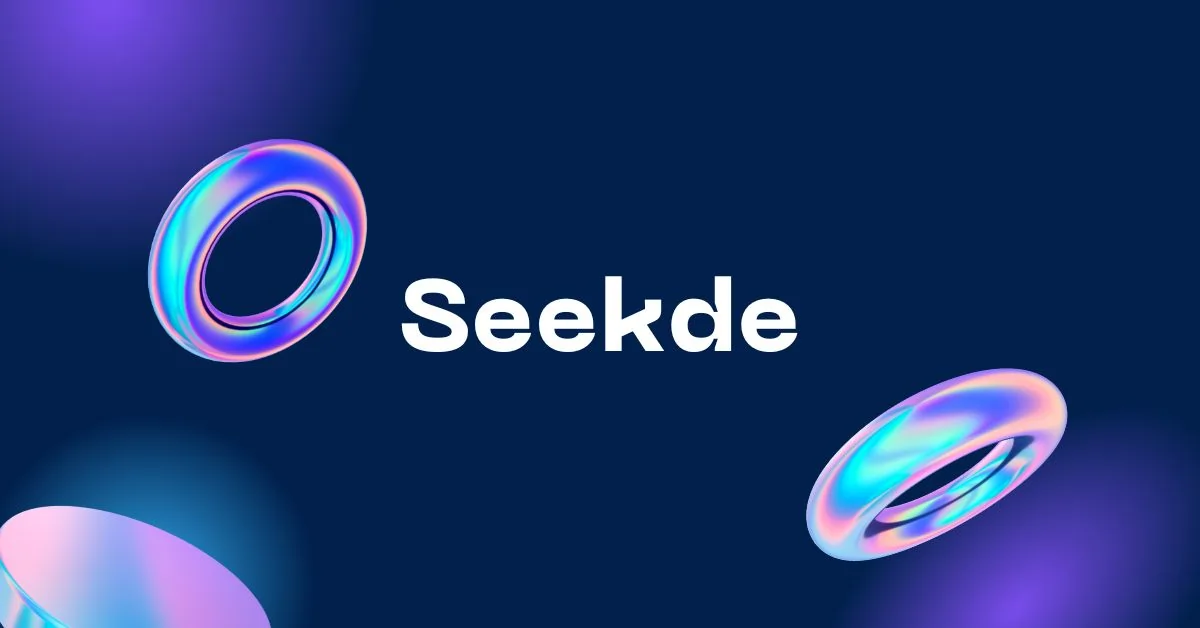AI isn’t just the future anymore, it’s happening right now, and you’re in the perfect position to ride this wave! Whether you’re drowning in homework or dreaming about landing that sweet tech job, diving into AI projects for students is your golden ticket. Trust me, nothing beats the rush of watching your code actually work and solve real problems. Plus, employers are practically throwing money at people who can build AI stuff.
Getting Your AI Foundation Rock-Solid
Here’s the thing about AI: you can’t just jump in and expect magic to happen. You need to build your knowledge brick by brick, but don’t worry, it’s way more fun than it sounds.
Must-Know Basics Before You Start Building Cool Stuff
Let’s break down the three big learning types that’ll make or break your AI journey. Supervised learning? That’s like teaching your little brother to recognize dogs by showing him a million dog photos with labels. Unsupervised learning identifies hidden patterns without external guidance. Reinforcement learning? Think of video game AI that improves through trial and error.
Math might seem scary, but honestly? You don’t need to be Einstein. Linear algebra helps you understand data flow. Statistics explain predictions. Calculus is important for advanced topics, but you can still start projects without mastering calculus first.
Python dominates this space for good reason; it’s beginner-friendly yet powerful enough for serious work. Libraries like TensorFlow and PyTorch do the heavy lifting. R rocks for statistics. Julia’s the new kid, showing promise for high-performance computing.
2024’s Hottest AI Tools You Should Master
TensorFlow versus PyTorch debates rage on, but here’s my take: TensorFlow rocks for deployment and production. PyTorch feels more intuitive and research-friendly. Pick one, learn it well, then explore the other.
No-code platforms changed everything! AutoML, Teachable Machine, and Microsoft’s Power Platform let you build functioning AI without coding marathons. Perfect for testing ideas quickly.
Git version control may sound boring, but it becomes essential quickly. GitHub offers free student accounts. These skills transfer directly to your future job, so learn them now while projects are simple.
Cost worries keeping you up at night? Relax, educational resources abound. Free cloud credits, student discounts, and platforms like Google Colab provide serious computing power. When you need extra help understanding tricky concepts, additional support is often found through online science tutoring, which can give you personalized guidance on technical concepts and project implementation strategies, offering tailored help that complements your self-directed learning efforts.
Beginner Projects That Actually Get You Hired
Starting small builds confidence fast. These foundational projects teach core concepts while creating portfolio pieces that catch recruiters’ attention.
Image Recognition Projects Anyone Can Master
Pet breed classification strikes the sweet spot, being both visually appealing and technically solid. Transfer learning lets you achieve amazing results using pre-trained models like ResNet. You’ll learn convolutional networks without needing supercomputers.
MNIST digit recognition remains the “Hello World” of machine learning and neural networks. Simple? Sure. But it teaches data preprocessing, architecture design, and performance evaluation through hands-on experience rather than boring theory.
Face mask detection has become hugely relevant recently and demonstrates AI’s real-world impact. You’ll master object detection while addressing actual problems people faced during health crises.
Plant disease identification combines AI with agriculture, perfect for showing how technology tackles global challenges. These projects teach specialized datasets, domain-specific techniques, and model interpretability where wrong answers have serious consequences.
Natural Language Processing That Doesn’t Suck
Sentiment analysis lets machines understand human emotions through text. Start with movie reviews or tweets. You’ll learn text preprocessing, tokenization, and feature extraction while building something genuinely useful.
Chatbots became incredibly accessible thanks to pre-trained models and frameworks. Tools like Rasa, Dialogflow, or Hugging Face transformers let you build conversational agents that actually work. This student guide to AI emphasizes practical implementation over abstract theory.
Text summarization tackles information overload, something every student understands! Building summarizers teaches sequence-to-sequence models, attention mechanisms, and evaluation metrics for generated content.
Language translation projects introduce transformer architectures and cross-lingual understanding. While building Google Translate requires massive resources, educational versions teach encoder-decoder architectures and multilingual embeddings, providing valuable insights into these complex systems.
Intermediate Challenges That Level Up Your Skills
Ready to tackle meatier problems? These intermediate projects mirror real-world applications while teaching advanced techniques that separate you from the crowd.
Computer Vision Beyond Basic Classification
Object detection in video streams teaches real-time processing and temporal understanding. YOLO, R-CNN, and other detection architectures prepare you for autonomous vehicles, surveillance systems, and augmented reality applications.
Facial emotion recognition combines computer vision with psychology. You’ll learn feature extraction and classification while grappling with data bias, ethical considerations, and diverse training datasets.
Augmented reality filters showcase AI’s creative potential while teaching computer graphics and real-time processing. Face landmark detection, 3D transformations, and mobile deployment create projects that wow everyone.
Medical image analysis introduces high-stakes applications where accuracy matters tremendously. Chest X-rays or skin lesion datasets teach specialized preprocessing, regulatory considerations, and uncertainty quantification.
Advanced NLP and Conversational Systems
Question-answering systems using transformers teach information retrieval and reading comprehension. Building systems that answer questions about scientific papers introduces document embedding, semantic search, and answer extraction.
Document classification for legal or medical texts introduces domain-specific challenges and regulatory requirements. You’ll handle specialized vocabulary, maintain privacy, and achieve high accuracy standards.
Speech-to-text and text-to-speech integration creates end-to-end conversational systems showing the complete pipeline from audio processing to natural language understanding.
Multi-language sentiment analysis teaches cross-cultural communication and global AI system challenges. Language detection, cross-lingual embeddings, and cultural sensitivity become crucial considerations.
Project Development That Actually Works
Successful AI projects need structured approaches that balance academic learning with professional practices. Good project management helps you deliver consistent results while building transferable industry skills.
Agile Methods for AI Development
Sprint planning aligns perfectly with machine learning projects due to their iterative and uncertain nature. Break complex problems into manageable tasks, set realistic milestones, and adapt based on experimental results.
Version control strategies become crucial when managing datasets, code, and model versions simultaneously. Git workflows, branching strategies, and collaboration techniques prevent lost work and enable team projects.
GitHub provides professional-grade project management tools. Issue tracking, pull requests, and project boards teach code review processes, documentation standards, and team communication that employers expect.
Documentation standards ensure reproducible research and knowledge sharing. Clear README files, documented preprocessing steps, and experiment logs enable others to understand and build upon your work.
Smart Data Collection and Preparation
Ethical data sourcing requires understanding privacy regulations, consent requirements, and potential biases. These considerations teach responsible AI development while avoiding legal and ethical pitfalls.
Data augmentation helps you work with limited datasets by generating synthetic training examples. Rotation, scaling, cropping, and advanced techniques like GANs maximize learning from available resources.
Feature engineering remains crucial for many AI projects, even for students, despite advances in deep learning. Identify relevant features, handle missing data, and create meaningful representations that improve performance and interpretability.
Handling imbalanced datasets teaches real-world challenges where success cases are rare. Oversampling, undersampling, and cost-sensitive learning prepare you for fraud detection, medical diagnosis, and other imbalanced domains.
Portfolio Building That Gets You Noticed
Creating compelling portfolios requires a strategic presentation of your machine learning projects alongside continuous learning evidence. Your portfolio provides tangible proof of capabilities and differentiates you in competitive job markets.
Showcasing Work for Maximum Impact
A GitHub repository organization demonstrates professionalism and attention to detail. Employers spend limited time reviewing portfolios, so clear structure, comprehensive documentation, and working code make strong first impressions.
Project demonstrations through videos and interactive demos help employers quickly understand your work. Screen recordings showing applications in action, combined with brief technical explanations, make projects accessible to technical and non-technical reviewers.
Technical blog writing develops communication skills while establishing expertise in specific areas. Writing about project experiences, challenges overcome, and lessons learned demonstrates technical competence and knowledge-sharing ability.
Open-source contributions provide visibility within the AI community while demonstrating collaborative skills. Start by fixing small bugs, improving documentation, or adding features before launching your own open-source initiatives.
Networking and Community Building
AI competitions and hackathons provide structured environments for skill development, along with valuable networking opportunities. Kaggle competitions, hackathons, and tech company challenges provide natural conversation starters for interviews.
Online communities provide ongoing support and learning opportunities. Participating in Machine Learning, Stack Overflow, and specialized Discord servers keeps you current while building practitioner relationships.
Professional AI organizations and student chapters create networking opportunities while providing workshop access, guest speakers, and career development resources. Many offer reduced student membership rates.
Conference attendance, even virtual, exposes you to cutting-edge research and industry trends while providing networking opportunities. Many offer student discounts or volunteer opportunities, making participation financially feasible.
This methodology helps students understand how to learn machine learning through structured project development, building both technical skills and professional competencies essential for career success.
Accelerating Your Learning Journey
Strategic resource selection significantly accelerates AI progress while providing support systems for overcoming technical challenges. Wise educational platform choices, tools, and mentorship maximize learning efficiency while building career-supporting networks.
Learning Platforms Worth Your Investment
Comprehensive platforms structured curricula from university professors and industry experts. Paid courses often provide certificates, project feedback, and community access, enhancing learning outcomes and resume value.
University programs versus self-directed paths each offer distinct advantages depending on career goals and learning styles. Traditional degrees provide structured learning and networking. Self-directed approaches offer flexibility and cost savings, appealing to students with work or family commitments.
Professional certifications from Google, Microsoft, and Amazon demonstrate specific technical competencies employers recognize. These often cost less than traditional degrees while providing focused training in high-demand skills.
Budget-Friendly Hardware and Software Solutions
Development setups under $1000 support most student AI projects effectively. Modern laptops with decent GPUs, combined with cloud resources, provide sufficient computational power without expensive hardware investments.
Cloud computing credits and free tier strategies help access professional-grade computational resources. Major providers offer educational credits, while platforms like Google Colab provide free GPU access for educational projects.
Hardware upgrade paths should align with skill progression. Start with basic setups and gradually invest in more powerful hardware as projects become computationally demanding and career prospects justify investment.
FAQ
1. How long does a beginner AI project actually take?
Most beginner projects wrap up in 2-4 weeks with 1-2 hours daily effort, depending on your programming background and project complexity.
2. Can I tackle machine learning without being a math genius?
Absolutely! Begin with practical projects that utilize high-level frameworks. Mathematical understanding develops naturally as you build more projects.
3. Which programming language should I pick for my first AI adventure?
Python wins hands down for student AI projects, extensive libraries, amazing community support, and beginner-friendly syntax for most applications.
Want to learn more? Our full collection of posts is ready for you!
Conclusion
Mastering AI projects for students demands dedication, structured learning, and hands-on practice that transforms theoretical knowledge into practical skills. The combination of foundational concepts, progressive project complexity, and professional development creates your pathway from complete beginner to competent practitioner.
Remember, every AI expert started exactly where you’re sitting right now. The magic happens through consistent effort, strategic learning, and building projects that showcase your growing expertise to future employers and collaborators. So what are you waiting for? Your first AI project is calling your name!




